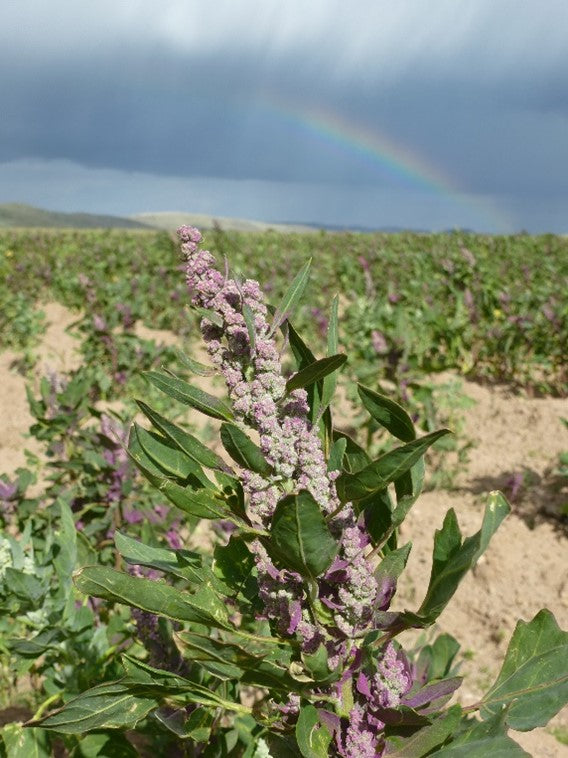

Above is an image of a ‘ventiladore’- literally wind machines- that get rid of dust and will also allow to select for size of grain. The smallest ones can then be kept back for animals or personal consumption, whereas regular sized and up can be sold to the coop for processing.
The first step is to harvest the Quinoa plants with a sickle, then dry them out on its stem. Once the crop has been hand harvested and threshed, they can put through this machine to find the right sized quinoa for selling.
Previously, this job had to be done by hand and was back-breaking intensive labor. To get the grains they used to have to hit the plant repeatedly with long sticks. Instead the Coop has just bought 15 of these ventiladores for each sub association.
In Europe this would be done whilst harvesting by a combine harvester, but in these small hold communities they have little access to expensive machinery so have to make do with basic and simple machines to reduce some of the intense manual labour involved in growing quinoa in small hold plots.
For gigantic farms across the UK and Europe the cost of mechanisation means you have to have vast amounts of land to offset the investment cost of buying machinery. Mechanisation is financially impossible for small hold farmers so best they can do as a cooperative is to collectively purchase cheap and simple machines that they rent out to members.
